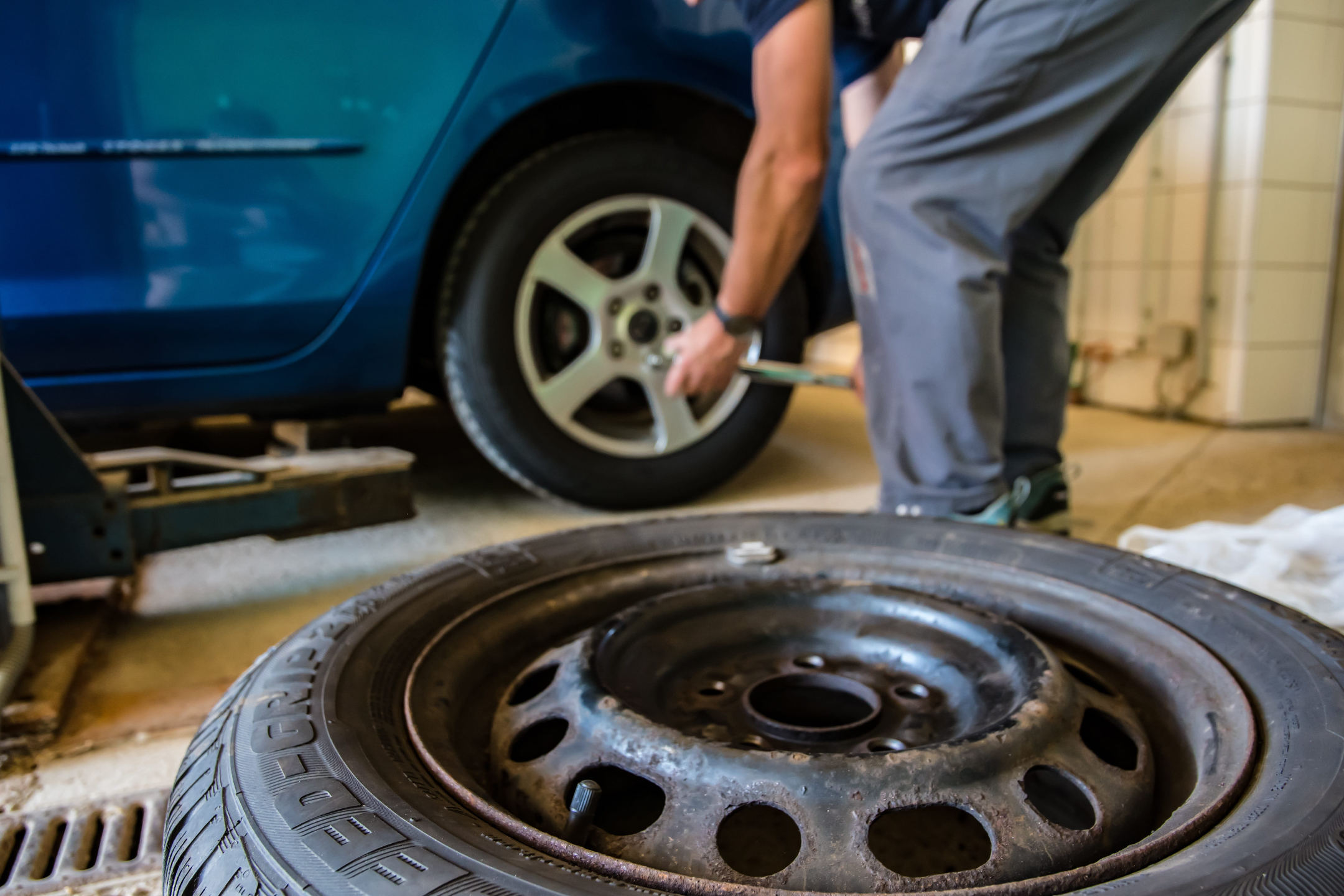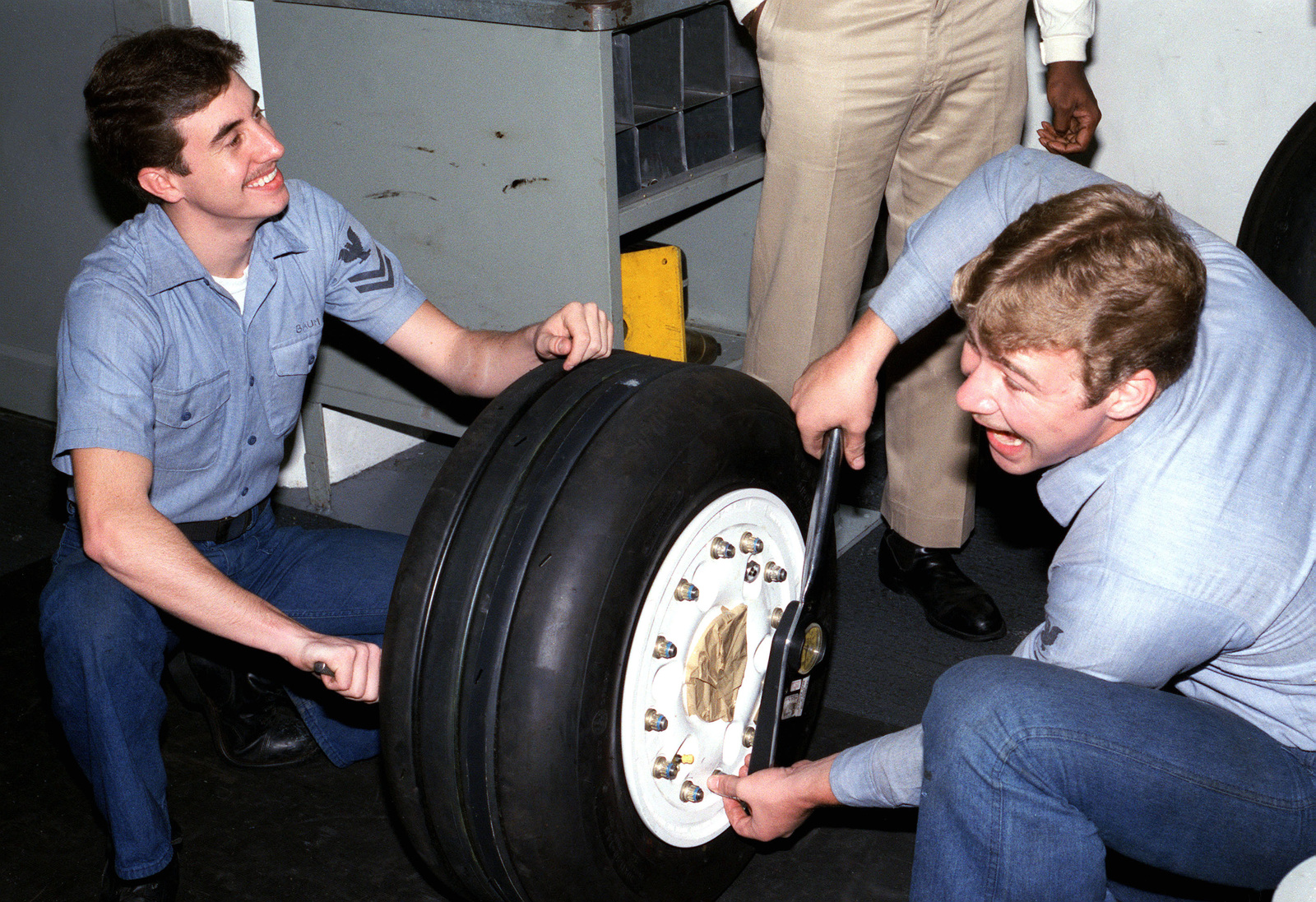Hey there, folks! Fitting a wheel to a car might seem like a routine task, but it’s a crucial one for passenger safety. Each bolt must be tightened with a specific amount of torque, known as “wheel torque,” to ensure proper assembly. In this guide, we’ll break down what wheel torque is, why it matters, and how to do it right.
What Is Wheel Torque?
To understand wheel torque, let’s start with the basics. Torque is a rotational force applied to an axis, and it’s measured in Newton meters (N.m). Think of it as the force needed to turn a bolt or nut. Now, when we talk about wheel torque, we’re referring to the amount of torque required to tighten the bolts that hold your car’s wheels in place securely.
The Importance of Proper Mounting
When you mount a wheel to a car, you’re essentially joining two parts—the wheel and the hub—so they stay put and don’t come loose while you’re driving. This connection is crucial for safety because a loose wheel can lead to accidents. But how does it work?
Bolt Connections
A bolt connection involves using one or more bolts to join two parts together. In this case, it’s the car’s wheel that’s bolted to its hub. The key here is to ensure that these parts become immobile when assembled correctly.
The Role of Friction
When you tighten the bolts, they apply a force that brings the wheel and hub together. This force generates frictional forces between the parts, essentially making them stick together. It’s essential to note that bolts don’t act as barriers; they create a force that pulls the parts together.
Determining Tightening Torque
The force applied by the bolts creates tension in the bolts themselves. This tension force in the bolt is directly related to the torque applied to the nut. The tightening torque depends on various factors, including the diameter of the bolt, the diameter of the nut, the friction at the thread level, the friction at the nut, and the pitch of the screw or stud.
In simple terms, the size of the bolt and the materials of the parts being assembled determine the tightening torque required.
Proper Wheel Assembly
Now, let’s get into the specifics of wheel torque for proper assembly. A car wheel consists of a hub attached to the suspension and a removable rim that holds the tire. The rim can be made of various materials, including sheet steel, aluminum alloy, or magnesium alloy. The rim can also be integral with the hub using different assemblies, typically with 4 or 5 bolts.
Different Types of Wheels
- Sheet Steel Rims: These are inexpensive but somewhat heavy.
- Aluminum Alloy Rims: Lighter, more aesthetically pleasing, but pricier.
- Magnesium Alloy Wheels: Extremely lightweight but reserved for high-end cars.
Bolt Configurations
In the case of a hub and nut assembly, there are two possibilities:
- Splined Axle: The central axle and the rim have splines that prevent rotation between them. The central nut’s role is to prevent the wheel from coming off by itself.
- Smooth Axle: In this case, the central axle is smooth, and the central nut prevents the wheel from rotating on the hub, thanks to the principle of adhesive assembly.
Correct Tightening Torque
Depending on the material of the rim and the type of fastener, you’ll need different tightening torques for the nuts. It’s essential to refer to your car manufacturer’s service manual for precise torque specifications.
However, as a rough guide, you can estimate the torque based on the bolt diameter:
- 10 mm diameter bolt: Approx. 60 N.m.
- 12 mm diameter bolt: Approx. 80 N.m.
- 14 mm diameter bolt: Approx. 110 N.m.
Pro Tip: For aluminum alloy rims, apply a torque about 20% higher than these values.
For assemblies with splined axles, torque requirements may be around 150 N.m. If the axle is smooth, the torque should be higher, up to 500 N.m.
How to Properly Mount a Wheel

Now that you understand the importance of proper wheel torque and have an idea of the torque values, let’s talk about how to do it right. You’ll need a measuring tool called a torque wrench.
Using a Torque Wrench
- Select a torque wrench with an appropriate torque range for your needs. For example, a wrench that operates between 30 N.m and 200 N.m should cover most wheel torque requirements.
- Follow a “cross” tightening sequence for wheels with 4 or 5 bolts. This means alternately tightening opposite bolts in relation to the center of the wheel. This technique helps distribute mechanical stresses evenly.
- Listen for a click from the torque wrench. When you hear the click, it means you’ve reached the desired torque, and there’s no need to continue tightening.
Safe and Secure Wheels
Properly mounting your car’s wheels with the right wheel torque is not just about following a routine; it’s about ensuring your safety on the road. Loose wheels can lead to accidents, so taking the time to do it correctly is essential.
Remember, always refer to your car manufacturer’s service manual for precise torque specifications, and use a torque wrench to achieve the correct tightening torque. With these steps, you’ll have peace of mind knowing your wheels are safe and secure.
Now, go out there and drive confidently, knowing your wheels are properly mounted and your journey is a safe one!

